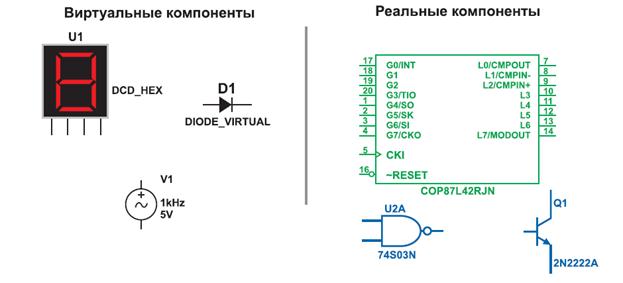Studying Ancient History
by Kevin Barrett
One of the best drumset books ever written isn’t a drumset book at all. It’s a book designed to develop snare drum technique. Nevertheless it has become a staple of drumset pedagogy. The book I’m speaking of is Stick Control by George Lawrence Stone. George Lawrence Stone was a prominent New England drum instructor during the 1930's through the 1950’s. Perhaps his most famous student was Joe Morello. Stick Control was first published in 1935. To quote Stone, “It is an advanced book, consisting of a progressive, highly concentrated collection of rhythms, arranged in calisthenic form, which, if practised regularly and intelligently, will enable one to acquire control, speed, flexibility, touch, rhythm, lightness, delicacy, power, endurance, preciseness of execution and muscular co-ordination to a degree far in excess of his present ability.” If practiced diligently it meets that goal admirably. The remarkable thing about Stick Control is that it also meets a similar goal when applied to the drumset. Stick Control has been adapted and used by many teachers and players. Its practical application to the drumset is limited only by the imagination of the player or teacher. What follows is brief overview of some applications I have used. They are meant only as suggestions. Explore the book and come up with your own variations. For those of you unfamiliar with Stick Control it is primarily a collection of sticking exercises. For example the first 3 pages go through many of the sticking combinations available with eighth notes in 4/4 (or 2/2) time using singles, doubles, triples, and quadruples. Here are some examples of the types of stickings the book contains. This is exercise 6 on page 5: (Ex 1) The preceding examples were useful in developing linear and solo ideas, but Stick Control has just as much application in developing coordination as applied to “time keeping.” For example the exercises can be played as rock patterns by playing eighth notes on the hi-hat with the right hand, and then playing the written part as sixteenth notes. All written “R’s” would be played by the bass drum. The left hand would play all written “L’s” on snare drum. Often times you can phrase the left hand so that 2 and 4 is accented to give it a nice backbeat. (Ex 7) To make it more challenging play the right hand on the ride cymbal, using quarters, eighths, or sixteenths, and play the hi-hat with the left foot, using 2 and 4, straight quarters, or straight eighths. Play the “R’s” and “L’s” as sixteenth notes. The bass drum plays the “R’s”. The left hand on snare plays the “L’s”. (Ex 8) The exercises can also be used to develop what Bob Moses has dubbed the “dependent” technique. In the dependent technique the bass drum and right hand are played together (i.e., in unison). In other words all “R’s” are played by the bass drum and right hand TOGETHER. Keep a straight-ahead pattern going with the left foot on the hi-hat. All “L’s” would still be played on the snare drum. This is great for unison coordination between your right hand and right foot. (Ex 9) The exercises can also be played with a jazz cymbal rhythm. Just remember to interpret the eighth notes as “swung 8th’s”. (i.e. the 8th’s should have a triplet feel). Play the “R’s” with the bass drum. Play the “L’s” on the snare drum. The right hand plays the jazz cymbal rhythm. Play 2 and 4 with the left foot on hi-hat. (Ex 10)
Studying Ancient History (Учебное пособие для студентов, обучающихся по специальности «История», «Музеология»)
|


 .
. 











